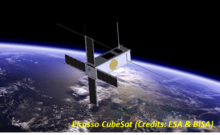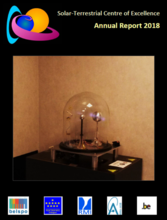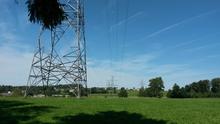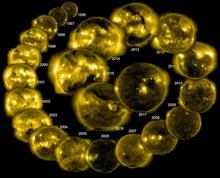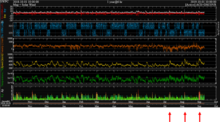news
Submitted on 2020-03-12
The now spotless active region NOAA 2758 produced a B-class flare on 11 March. The region belongs to the new solar cycle 25.
Submitted on 2020-02-25
Due to server restructuring at the SIDC, the old space weather newsitems have been moved to the STCE website thus preserving them from a certain extinction.
Submitted on 2020-02-11
The Journal of Space Weather and Space Climate (JSWSC) has opened a new Topical Issue on "Space Weather Instrumentation" to appear in 2020/2021.
Submitted on 2020-01-15
The STCE Annual Report is now available, covering again a wide variety of research topics as well as typical examples of life at the STCE.
Submitted on 2020-01-02
The Journal of Space Weather and Space Climate (JSWSC) has opened a new Topical Issue entitled "Geomagnetic Storms and Substorms: a Geomagnetically Induced Current perspective".
Submitted on 2019-12-25
On 24 December, 2 sunspot regions of the new solar cycle (SC25) were visible on the solar disk at the same time.
Submitted on 2019-12-16
The Sun has been spotless for more than 33 days, longer than the longest spotless stretch of the previous solar cycle minimum.
Submitted on 2019-10-03
The appearance of sunspot region NOAA 2749 ended a 27 day stretch of spotless days.
Submitted on 2019-09-17
The Journal of Space Weather and Space Climate (JSWSC) has opened a new Topical Issue entitled "Space climate: The past and future of solar activity".
Submitted on 2019-09-11
A recurrent coronal hole shaped as the number "7" was associated with very high wind speeds up to 750 km/s, resulting in unusually high numbers of energetic electrons in the earth environment.
Pages
Zircon - This is a contributing Drupal Theme
Design by
WeebPal.








